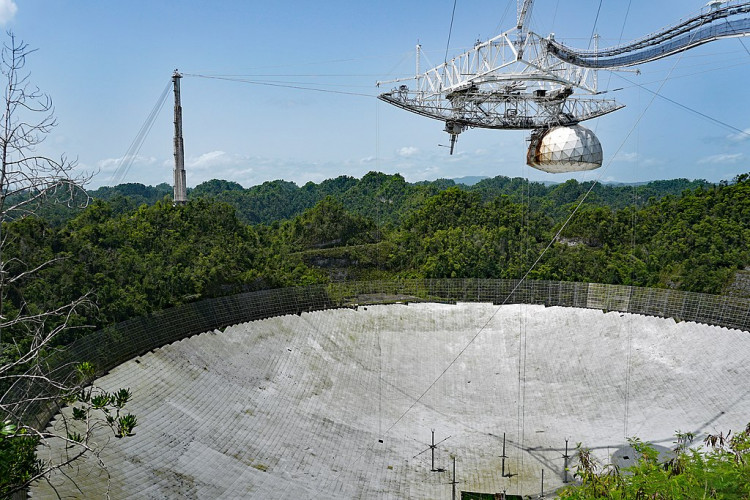The U.S. National Science Foundation has just announced the start of the closure of the renowned Arecibo Observatory, a 1,000-foot-wide, 900-ton radio telescope based in Puerto Rico. It's a big disappointment to the astronomy community that has been using Arecibo for almost six decades to do a lot of space and atmospheric research.
What Is At Stake
Planetary defense is the science of detecting and alleviating threats to Earth from asteroid impacts. And among its tools is planetary radar, an uncommon capability that can give scientists a much clearer view of a nearby object. The Arecibo Observatory in Puerto Rico was one of only a few such systems on Earth, and the instrument's long existence is over now after two failed cables made the telescope so unreliable that there was no way to determine its condition without risking workers' lives. It's going to be decommissioned instead.
And when it comes to planetary defense, there's nothing like the Arecibo.
Planetary defense begins by seeing as many near-earth asteroids as possible-nearly 25,000 to date, according to NASA-and calculating their sizes and orbits around the sun. Arecibo never played a part in the detection of asteroids; this mission is much more readily achieved by a host of telescopes that see large swaths of the sky in visible and infrared light and are capable of catching the unexpected presence of a bright, fast-moving spot between the stars, telescopes like the PanSTARRS observatory.
But larger asteroids with orbits that could put them too close to comfort get additional research, and mostly the analysis has been done by the Arecibo Observatory. The facility was fitted with a powerful radar transmitter capable of reflecting a ray of light off a target in the vicinity of Earth. Then a huge radio disk from the observatory could capture the echo of the signal, enabling scientists to decode the exact information of the asteroid.
Given adequate warning, humans might potentially do anything to avert a collision-possibly by nudging the asteroid off course or splitting it into tiny bits that would not create as much damage on Earth's surface as a single larger object.
To date, there is no easy way to replace the radar power that Arecibo has.
"Obviously, we'd be in favor of finding a way to either repair it, rebuild it, whatever that happens to be, update it," said Ed Lu, a former NASA astronaut and executive director of the B612 Asteroid Institute.
"That is a question of money, but sometimes, if you don't make the investment, you're sorry about it later," Lu told Space.com.




